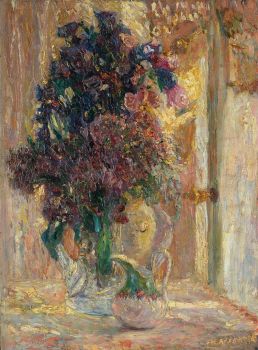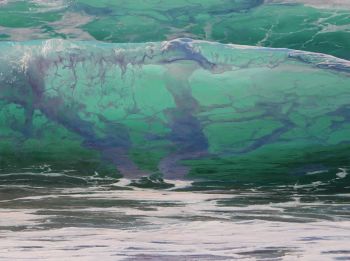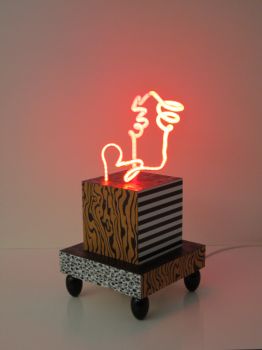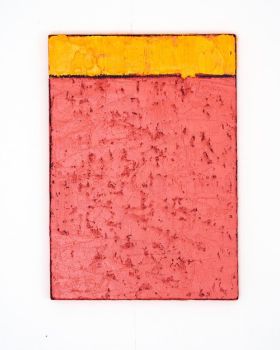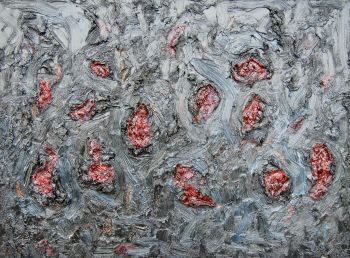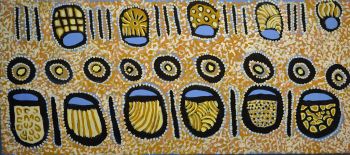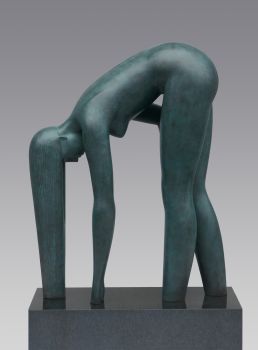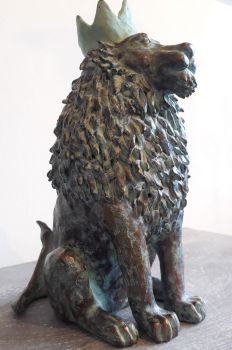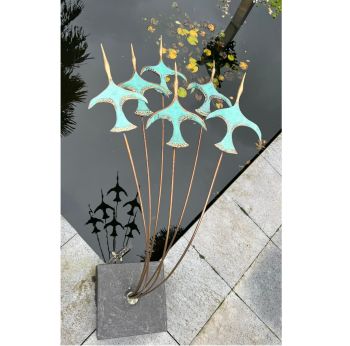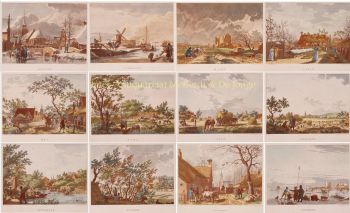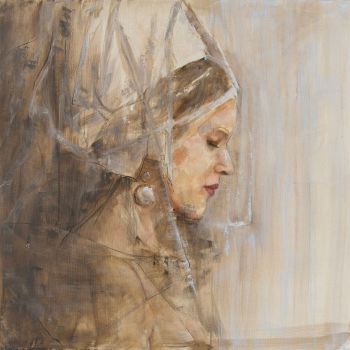Provenance Isn’t that a region in France? 5 things you should know!
You might have caught yourself searching for a signature on an artwork. But what does a signature tell you? Is it a confirmation of a painting’s authenticity or can it be forged just as easily? And what if there’s no signature at all?! Calm down, here’s what you need to know about an object’s history or as it’s called in the art industry; its provenance.
Definition of Provenance
At any given moment the authenticity of an artwork’s history might be questioned. Provenance is the word used in the art world to describe the documentation and heritage of art. It is used as a testament of an artwork’s history and authenticity and, when documented properly, leaves no doubt.
Signs of good provenance
Art has often been forged. Good provenance can be checked and used to uncover a false painting or justify its high price if genuine and original. Unfortunately there are still a lot of false works in circulation, especially at online auctions.
Provenance has many shapes and forms. Provenance isn’t a fixed piece of paper but can be anything from a written notification to a verbal statement. It can be any kind of proof that an artwork is ‘real’.
A receipt directly from the artist or even the artist caught on camera talking about the work will suffice. Also the names of previous owners, exhibitions, and literature that included the artwork, or an expert opinion from a leading appraiser.
Certificate of Authenticity
Before you decide to bid for something, make sure the provenance is legitimate and comes with a Certificate of Authenticity (COA). If you visit well-known art dealer they will be able to tell you exactly what the provenance of a certain artwork is and happy to provide a Certificate of Authenticity (COA).
A valid COA for an artwork will include specific details about the artwork like when and how it was produced, the names of people or companies involved in the artwork's production, the work's exact title, the dimensions of the art, and the names of reference books, magazines, or similar resources that contain either specific or related information about either that work of art or the artist.
The COA should also state the qualifications and full contact information of the individual or entity that authored the certificate with his or her complete and current contact information.
 Mulattin on a sofa by Jan Sluijters, 1927 available at Studio 2000 Art Gallery
Mulattin on a sofa by Jan Sluijters, 1927 available at Studio 2000 Art Gallery
Takeaways for good provenance
Here’s 5 key takeaways when it comes to provenance:
- Good provenance increases the value of art, both art historically and financially. Keeping track of an objects history and events while you own it is the responsibility of any art collector. And though you shouldn’t buy art purely as an investment, it may help if you do.
- Never buy any kind of art without knowing its provenance. You wouldn’t buy a car without test-driving it or knowing its history, right?
- Certificates and other documents must be hand-stamped or signed. Photocopies don’t prove anything, unfortunately. All documentation needs to be verifiable and signers able to be contacted (if still alive that is!). Just a list of names isn’t sufficient.
- Provenance is not up for discussion; ‘it is’, not ‘it could be’. Claims about similar work, or the fact that an artist was in a certain place when X was painted doesn’t prove anything; they just offer assumptions. And ‘to assume makes an ASS out of U and ME’. J
- When an artwork has been ‘attributed to’, make sure the person who did the attributing is an expert on this artist. Otherwise the statement is meaningless. Keep in mind that attribution does not prove the artwork was made by the artist claimed to have made it. However, depending on the authority of the expert it will offer you a ‘high likelihood’ of authenticity.
Buy art at well known galeries and art dealers!
In this article we wanted to make sure you understand the importance of provenance and how to verify it. Though it’s good to be alert, you shouldn’t lose faith in mankind. All of our art dealers are highly respected professionals with a good eye, who do extensive research on the art they buy (and sell). They can help and guide you along the way.
At Gallerease we work with well known art dealers and galleries who only selle curated art and they will tell you all about the provenance of the art they sell.
Please have a look at our online collection of curated art!




